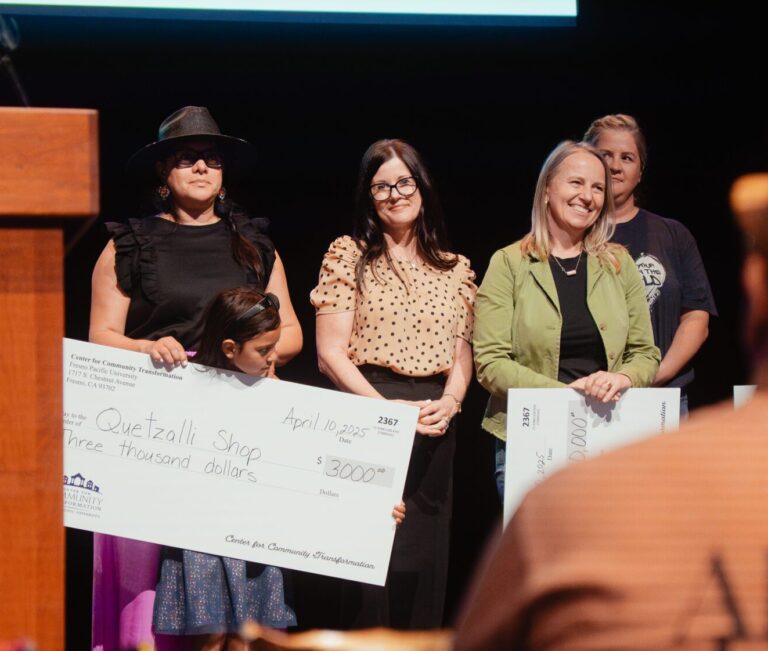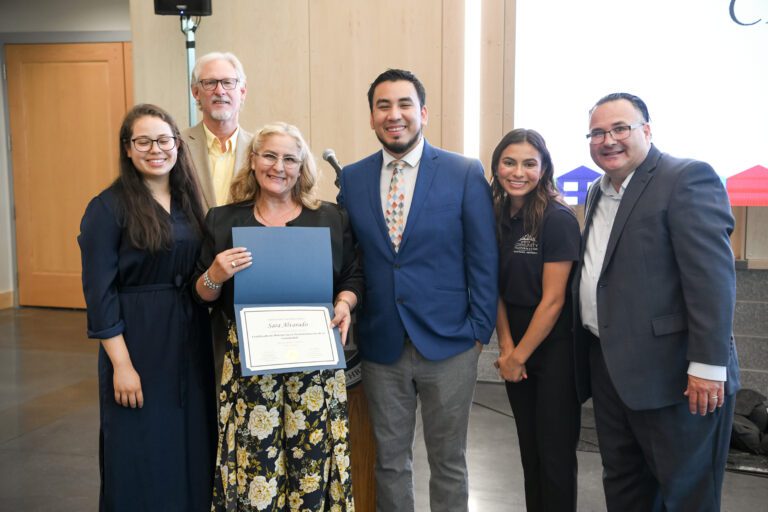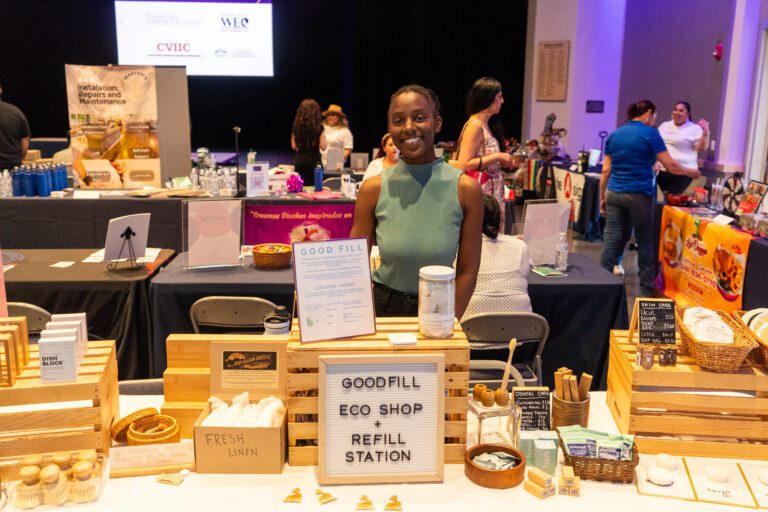Book Review by Nancy Donat

The New Jim Crow, by Michelle Alexander, is an eye-opening look at the realities of our criminal justice system with special attention paid to mass incarceration of people of color in the context of the War on Drugs established in the early 1980s. It is extremely relevant for us in Fresno and the Valley today.
Michelle Alexander is a civil rights lawyer, activist and legal scholar whose purpose is to give evidence to the calamity represented by this situation, opening our eyes to realities most of us never consider. For example, in 1999, only 992 African American men received a bachelor’s degree from Illinois state universities while nearly 7,000 black men were released from the state prison system the following year just for drug offenses. In 2001 there were nearly 20,000 more black men in the Illinois state prison system then enrolled in the state’s public universities. Most of us have little idea how our justice system really works and The New Jim Crow exposes some uncomfortable facts showing how we continue to be a nation that profiles and discriminates against people of color. Young men of color are being persecuted for drug crimes that are largely ignored when committed by white young men. The Jim Crow laws of history were played out on the streets, the buses and drinking fountains, and today they are hidden, wrapped up in our systems of justice.
As someone who ministers with marginalized populations, I believe the issue of mass incarceration of people of color is critical and needs to be brought to greater public awareness. My own awareness of how we got where we are has grown dramatically. The War on Drugs began in part with large federal cash grants given to police departments willing to make drug law enforcement a priority. With many police departments struggling to stay within budget, this was welcome news. The pressure was on to keep drug arrests high to ensure this federal money. With communities of color being easier targets for arrests than other areas of our cities, men of color were being locked up like never before. Often communities of color are low income, life is lived more out on the streets than in the small apartments, political power and voice is low and resources for legal representation are minimal. Drug use and sales are present, and many would argue more present, in upper middle class areas as well as on college campuses and fraternity houses. Yet the focus of arrests have always been in the lower income communities of color. Anderson argues that people of all races use drugs equally. She says that white youth have about three times the numbers of drug related emergency room visits as African American counterparts. A study in 2000 by the National Institute on Drug Abuse reported that white students use cocaine, as well as heroin, at 7 times the rate of black students, and use crack cocaine 8 times the rate of black students. And yet in 2000, African Americans were 80-90 percent of drug offenders sent to prison. To make matters worse, there is also mandatory drug sentencing; if an individual has 5 grams of crack cocaine on them, they get a 5 year prison sentence while an individual with 500 grams of powder cocaine on them, they get the same 5 year sentence. Crack cocaine is much cheaper and thus used more prevalently in lower income communities. Crack offenses are punished 100 times more severely than powder offenses, which totally effects incarceration rates. Our society has developed a racial and economic bias in regards to drug use and incarceration.
As much as this is a national issue, it is an issue for us here in Fresno. I have heard African American and Mexican American pastors speak to their youth on what to do if they get pulled over by the police, where to place their hands and how to respond to questioning. I can’t imagine a youth pastor of a predominately white congregation having a talk like that with his/her youth group. I was called to jury duty a couple of months ago. In the gathering room of over 200 people, I counted less than 10 African Americans. Once you are a convicted felon, you lose many of your privileges, including sitting on a jury. This is a colossal issue and overwhelms the most brave and just. Yet if we continue to ignore it, we are participating in the injustice ourselves. During the Jim Crow laws of the 1940-1960s, the majority of our churches were painfully silent. Today our churches must live out a different reality. The truth is that many of our churches in Fresno are in such a privileged position that we do not have to deal with this issue and are gravely unaware. However, when one part of the body hurts we all hurt. It will take our collective spiritual and political energies to address the unjust realities of the mass incarceration of a people.





